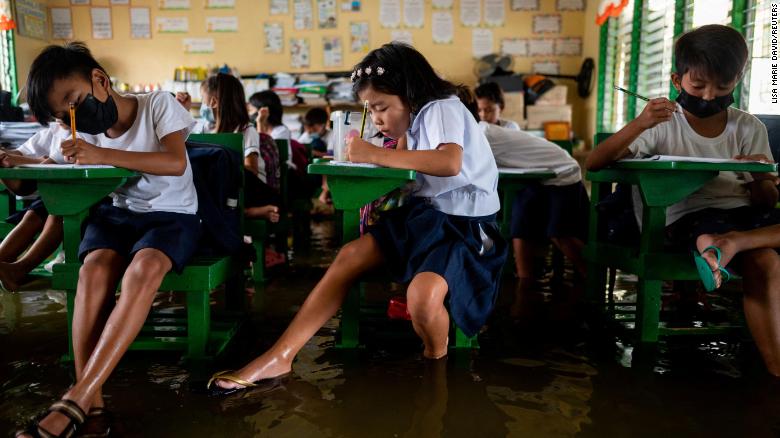As the Earth continues to warm, the ability of future cyclones to rapidly evolve into more powerful storms presents a significant challenge for coastal communities and city planners.
As global temperatures rise, a new study suggests that typhoons in Southeast Asia are set to become more intense and shift their paths northward, potentially causing greater devastation in densely populated coastal areas.
RELEVANT SUSTAINABLE GOALS


Faster, Longer Tropical Cyclones Threaten Southeast Asia’s Coasts
The research, conducted by scientists from Nanyang Technological University (NTU) in Singapore, Rowan University in New Jersey, and the University of Pennsylvania, analyzed over 64,000 tropical cyclone simulations from the 19th century to the end of the 21st century. Their findings, published in the journal Climate and Atmospheric Science in early July, paint a concerning picture of future storm patterns in the region.
Professor Benjamin Horton, Director of the Earth Observatory of Singapore (EOS) and one of the study’s authors, explained that as waters warm, tropical cyclones are likely to form in areas previously unaccustomed to such storms. “The South China Sea will become warmer, so tropical cyclones will appear more frequently in the northern regions along the coast of China and South Korea,” Horton stated.
The study’s models show that under moderate and high greenhouse gas emission scenarios, typhoons will increasingly form in the South China Sea and make landfall further north. Dr. Dhrubajyoti Samanta, a Senior Research Fellow at EOS and co-author of the study, noted that while this might mean fewer typhoons for the Philippines compared to current levels, the country would not be entirely spared.
One of the most alarming findings is the potential for future cyclones to evolve and intensify more rapidly from tropical storms to category four or five typhoons. This rapid intensification, particularly near coastlines, poses significant challenges for weather forecasting and evacuation planning.
The researchers also predict that typhoons will move more slowly over land and take longer to dissipate, potentially causing more extensive damage to infrastructure. Coastal cities like Bangkok, Yangon, and Hai Phong in Vietnam are expected to bear the brunt of these longer-lasting and more powerful cyclones.
Typhoon Gaemi
Recent events, such as Typhoon Gaemi, which affected the Philippines, Taiwan, and southern China in late July, serve as a preview of what may become more common. While Gaemi did not make landfall in the Philippines, it intensified the southwest monsoon winds, bringing heavy rains and flooding to Manila and northern provinces.
Professor Kerry Emanuel from the Massachusetts Institute of Technology, who contributed to the study, emphasized the deadly and costly nature of tropical cyclones and associated flooding in the regions bordering the South China Sea and Bay of Bengal. “Any changes in the frequency or intensity of these hazards could have important consequences for this region, and coastal planners would do well to plan accordingly,” Emanuel cautioned.
You may also be interested in :
Manila Submerged : Typhoon Game Exposed Philippine’s Climate Vulnerability



